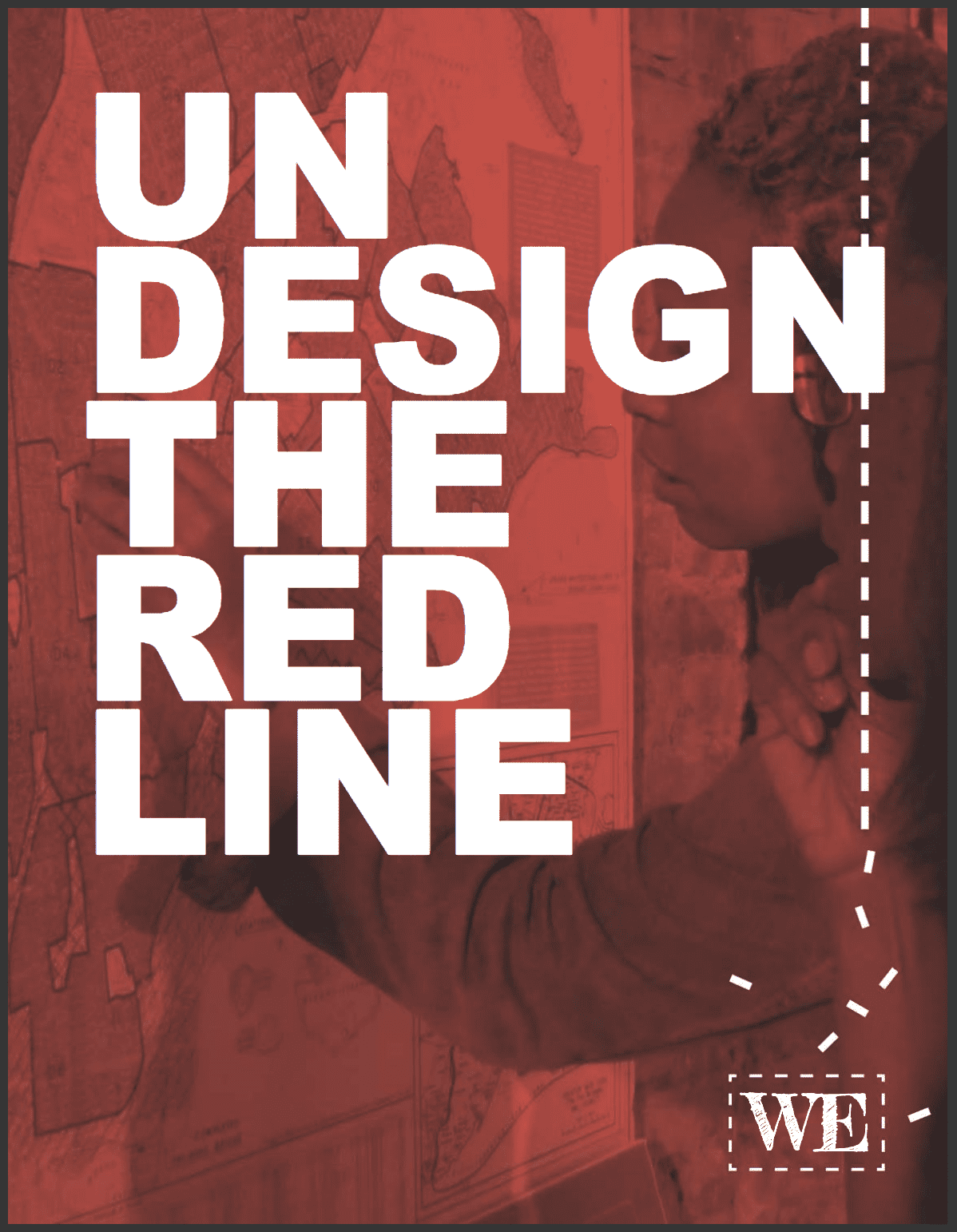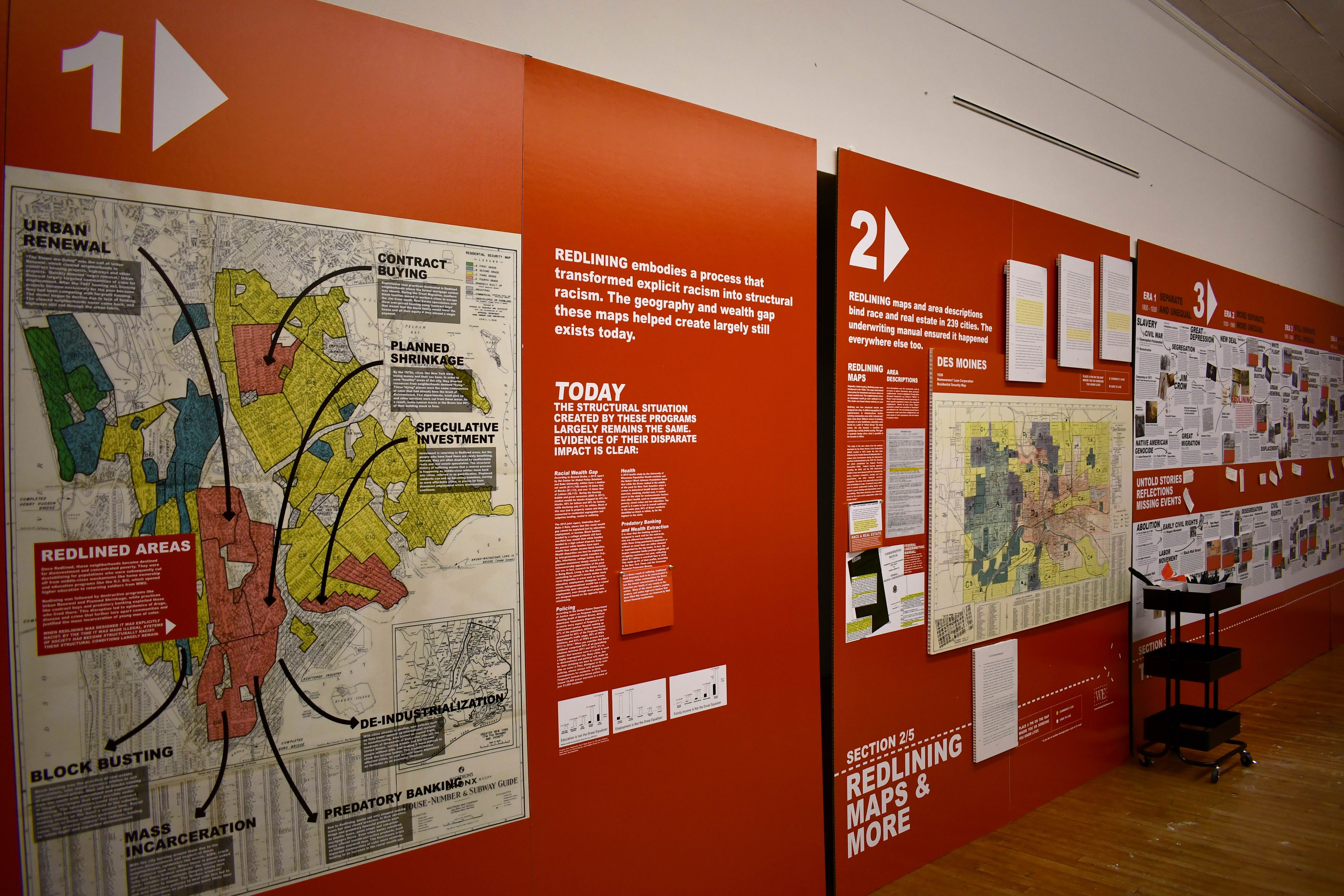The History of Redlining + Understanding Its Effect on Our Community
 In the 1930s, after the Great Depression, maps of cities were developed to show which neighborhoods were best for investment and mortgage loans and which were not. These maps, known as redlining maps, told banks where and whom they should provide money. This practice is how structural racism and inequality were designed into our cities and shaped our current environment. The impacts of the practice, and consequences, have never been undone.
In the 1930s, after the Great Depression, maps of cities were developed to show which neighborhoods were best for investment and mortgage loans and which were not. These maps, known as redlining maps, told banks where and whom they should provide money. This practice is how structural racism and inequality were designed into our cities and shaped our current environment. The impacts of the practice, and consequences, have never been undone.
Redlining History
Learning the history of redlining in Greater Des Moines (DSM) can help us to understand more deeply about how the systemic and institutional exclusions still affect communities of color in accessing resources, employment, asset building and quality of life.
 Check out this detailed presentation on the history of redlining and the impact that was created for a large number of African American families and other people of color. The webinar includes a panel of community leaders who share their thoughts on the lasting impacts of redlining and provides us with tips and recommendations for how we all can play a role in forming equitable policies and creating the inclusive community here in DSM that we all wish to see.
Check out this detailed presentation on the history of redlining and the impact that was created for a large number of African American families and other people of color. The webinar includes a panel of community leaders who share their thoughts on the lasting impacts of redlining and provides us with tips and recommendations for how we all can play a role in forming equitable policies and creating the inclusive community here in DSM that we all wish to see.
Learn more about Undesign the Redline in DSM.
View the webinar below:
The Greater Des Moines Partnership is the economic and community development organization that serves Greater Des Moines (DSM), Iowa. Together with 24 Affiliate Chambers of Commerce, more than 6,500 Regional Business Members and more than 365 Investors, The Partnership drives economic growth with one voice, one mission and as one region. Through innovation, strategic planning and global collaboration, The Partnership grows opportunity, helps create jobs and promotes DSM as the best place to build a business, a career and a future. Learn more at DSMpartnership.com.